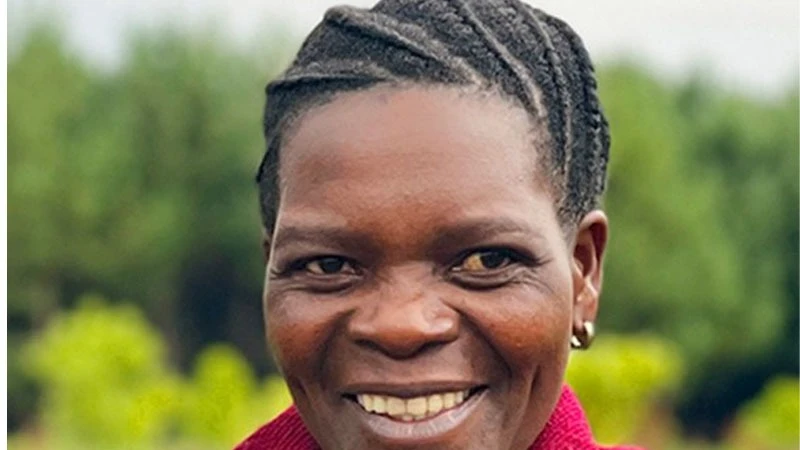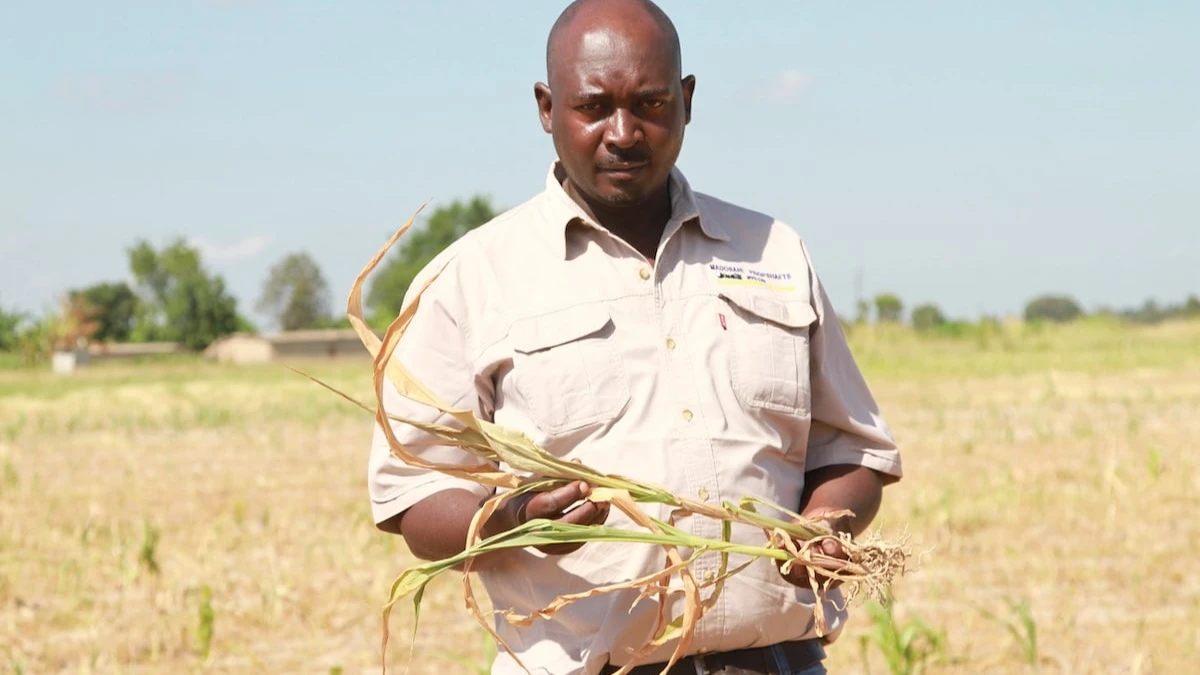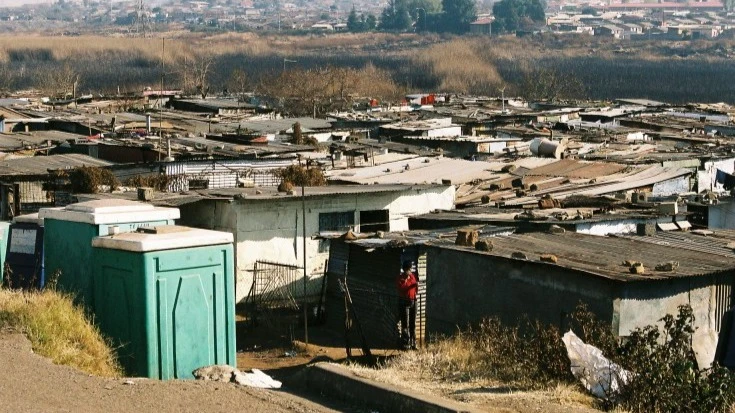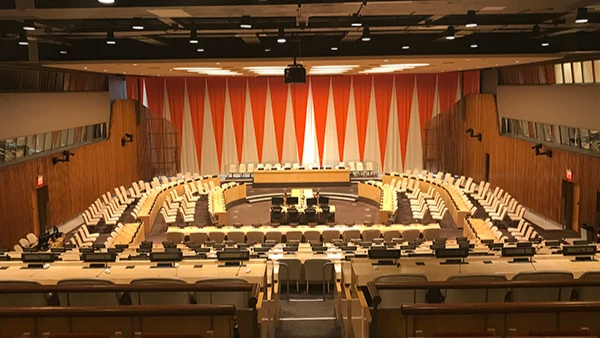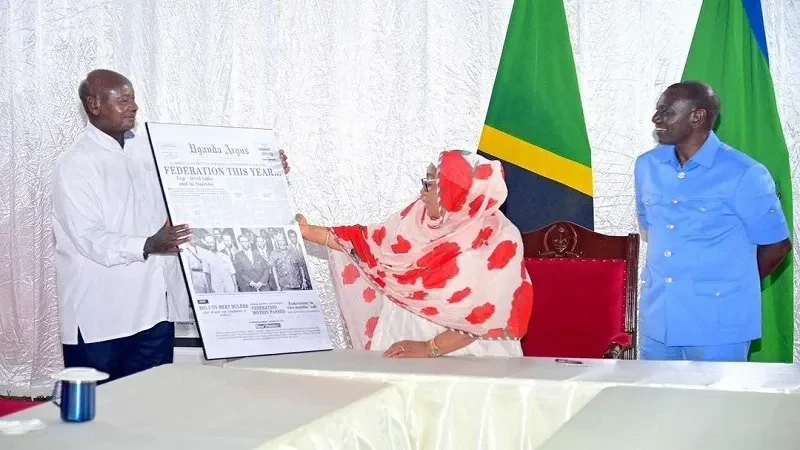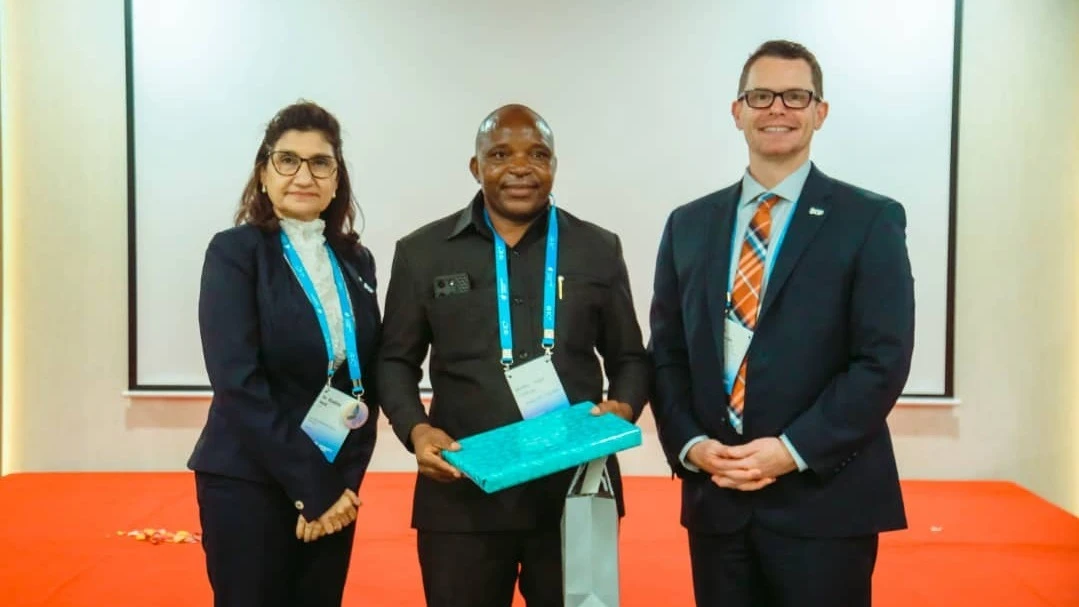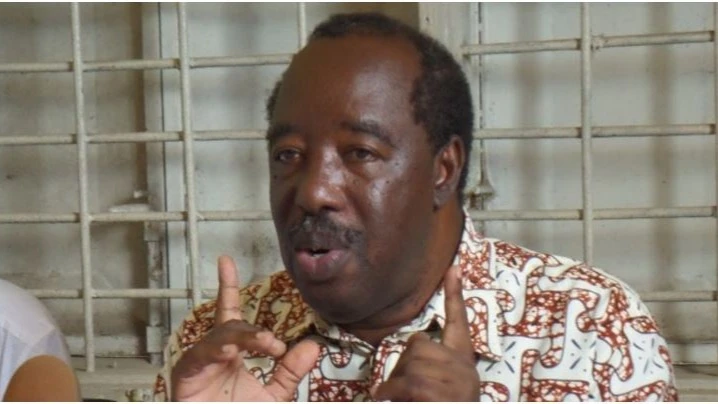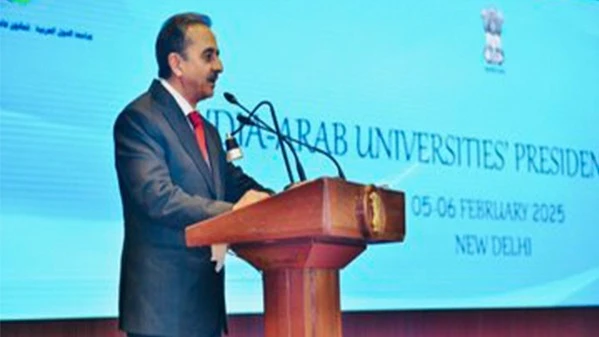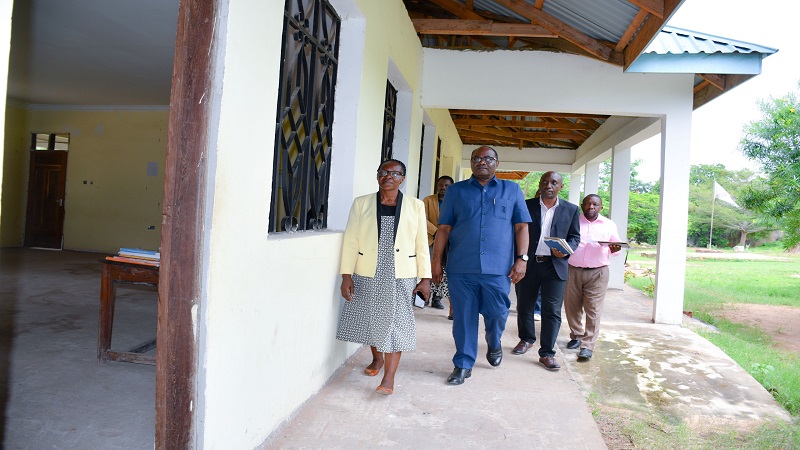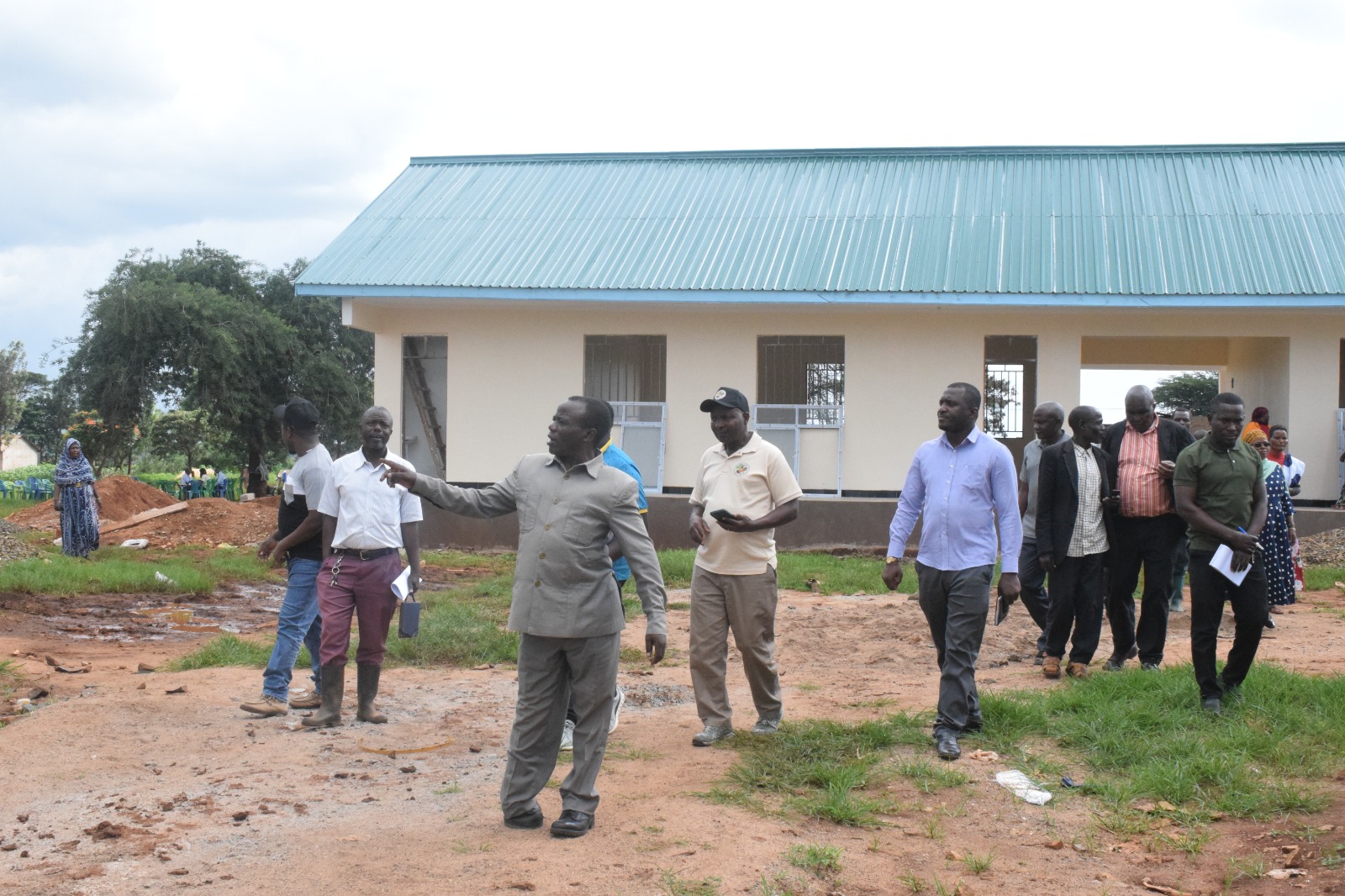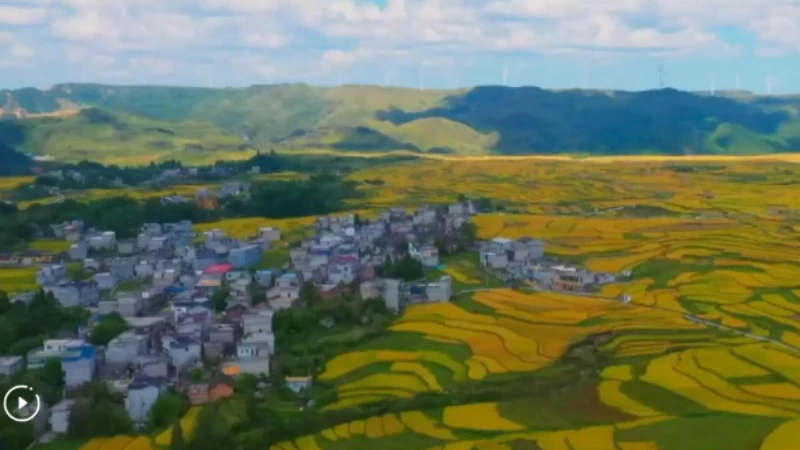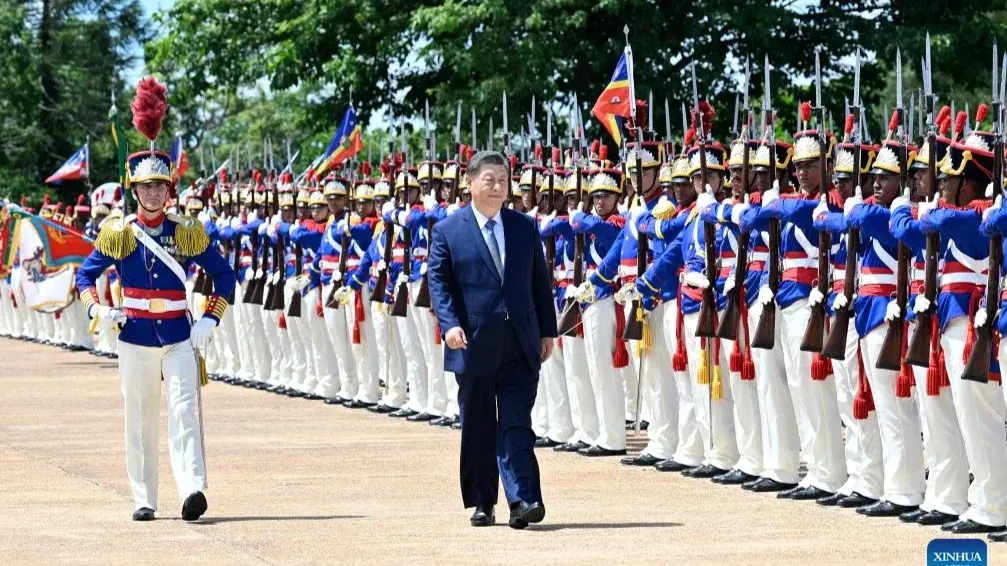TCHI: Innovative journey to protect Tanzania’s natural, cultural heritage

IN a world where the delicate balance between development and conservation is increasingly under threat, the role of organisations dedicated to protecting biodiversity and cultural heritage has never been more crucial. The Tanzania Conservation and Heritage Initiatives (TCHI) stands at the forefront of this vital mission, working to safeguard Tanzania's extraordinary natural and cultural wealth. Our staff writer interviewed the founder and first Chief Executive Officer (CEO), of TCHI, CONSTANTINE AKITANDA, shortly after the organisation secured its registration. Excerpts.
Question:Could you briefly tell us about yourself, your background, and what inspired you to venture into conservation initiatives, ultimately leading to the creation of TCHI?
Answer: My journey has been long and diverse, shaped by rich experiences across various fields. At my core, I am a journalist by training, with a passion for storytelling and communication.
I also had the privilege of studying Biocommunication, which deepened my understanding of therapeutic communication—a skill I applied during my time working in the health sector.
Later, my career took a turn toward communication services, where I focused on organic agriculture at the national level.
This role eventually expanded to the continental stage, allowing me to serve as a Communication Advisor under the African Organic Network (AfrONet) in Africa.
Through this position, I gained invaluable insights into the diverse landscapes, cultures and conservation practices across almost every country on the continent.
Organic agriculture, as an integral component of conservation, broadened my perspective and ignited a deeper appreciation for sustainability and heritage.
Returning home, I recognized the urgent need for a dedicated institution to champion conservation efforts and address heritage issues.
This realization inspired me to establish TCHI, a platform designed to enhance conservation strategies and preserve the rich cultural heritage of our nation for generations to come.
Q: How does TCHI’s mission align with the current challenges facing conservation and heritage in Tanzania?
Ans: TCHI was born from a deep understanding of the pressing need to protect our nation’s unique biodiversity and cultural heritage.
My experience in organic agriculture, both nationally and across Africa, revealed how closely conservation and cultural preservation are linked.
In Tanzania, where natural and cultural resources are at risk from unsustainable practices and the pressures of modernization, TCHI stands as a solution to this dual challenge.
Our mission is not just to conserve, but to integrate sustainability into the fabric of local communities’ livelihoods.
Through community-led conservation, awareness-building, and empowering local stakeholders, TCHI will create a balance where development and environmental preservation are not opposing forces but collaborative allies.
Harmonizing these efforts, will ensure that Tanzania’s treasures are not only protected but are a sustainable source of prosperity for present and future generations.
Q: Tanzania is renowned for its rich biodiversity and cultural heritage. What are the most pressing issues TCHI aims to address, and how will the organisation approach these challenges?
Ans: Tanzania’s rich biodiversity and cultural heritage are under threat from multiple pressures, including deforestation, climate change, unsustainable land use, and cultural erosion.
These challenges are aggravated by a lack of awareness and limited community engagement in conservation efforts.
Rapid urbanization and modernization have also led to the neglect of traditional knowledge systems and practices that once safeguarded ecosystems and cultural identities.
The loss of biodiversity and cultural landmarks not only threatens ecological balance but also undermines the nation’s historical and cultural identity.
To address these issues, TCHI is committed to fostering sustainable practices that integrate community involvement with innovative conservation approaches.
Through promoting awareness campaigns, capacity-building programs, and policy advocacy, TCHI aims to empower local communities to become custodians of their natural and cultural assets.
The organisation will also focus on restoring degraded ecosystems, documenting and preserving cultural practices, and collaborating with stakeholders at all levels to create sustainable solutions.
Through these efforts, TCHI seeks to bridge the gap between conservation and heritage preservation while ensuring that these resources contribute to economic growth and societal well-being.
Q: TCHI emphasizes community empowerment and raising awareness. How do you plan to engage local communities to become active participants in conservation and heritage preservation?
Ans: TCHI envisions a transformative approach to community engagement by integrating conservation and heritage preservation into the core of local livelihoods and governance structures.
TCHI plans to promote community-managed conservation zones and heritage sites, where locals take the lead in sustainable resource management and cultural preservation.
In creating economic opportunities—such as eco-tourism ventures, artisanal crafts, and agroecological farming linked to conservation—TCHI will demonstrate the tangible benefits of protecting biodiversity and heritage.
Moreover, we aim to leverage digital platforms and storytelling to amplify local voices and connect communities with global audiences, fostering pride and investment in their natural and cultural assets.
Through innovative models like heritage trusts and conservation cooperatives, TCHI will empower communities not just to participate but to lead and profit from the protection of their heritage and environment.
Q: Conservation and heritage efforts often require multi-stakeholder collaboration. What role do you envision for partnerships with local, regional, and international organisations in achieving TCHI’s objectives?
Ans: TCHI views partnerships as the cornerstone of its mission, leveraging the unique strengths of local, regional, and international organisations to create a synergistic force for conservation and heritage preservation.
Locally, we aim to partner with the government, community-based organisations and traditional leaders to embed conservation practices into daily life and governance.
At the regional level, collaborations with East African networks will facilitate the sharing of best practices and resources to address cross-border challenges such as wildlife migration corridors and cultural preservation.
Internationally, TCHI seeks alliances with global conservation bodies, research institutions, and funding agencies to access cutting-edge technology, expertise, and financial support.
In fostering into these multi-level partnerships, TCHI envisions creating a dynamic ecosystem where knowledge flows freely, resources are optimized, and innovative solutions are co-created to ensure the long-term sustainability of Tanzania’s natural and cultural treasures.
Q: What strategies or benchmarks will TCHI use to measure its success in promoting conservation, heritage, and cultural tourism over time?
Ans: TCHI will measure its success through a combination of impact-driven strategies and quantifiable benchmarks designed to ensure sustainable outcomes.
Key performance indicators will include measurable improvements in biodiversity restoration, such as increased forest cover and wildlife populations in various conservation areas managed by the government.
For heritage preservation, TCHI will track the number of cultural sites restored and traditional practices revived or documented.
In cultural tourism, metrics like tourist footfall at heritage sites and revenue generated from eco-tourism ventures will serve as indicators of success.
Beyond numbers, the organisation will conduct periodic assessments of community involvement, gauging how empowered and invested local stakeholders feel in conservation and heritage efforts.
Moreover, independent evaluations and feedback mechanisms will be established to adapt and refine strategies continuously, ensuring that TCHI’s work remains impactful and aligned with its long-term vision.
Q: As the founder and first CEO, what is your long-term vision for TCHI? Where do you see the organisation in the next decade, and what legacy would you like it to leave?
Ans: As the founder and first CEO of TCHI, my long-term vision is to see the organisation become a pioneering force in integrating conservation, heritage, and sustainable development at a national and regional level.
In the next decade, I envision TCHI leading a transformative movement that empowers local communities to manage and protect their natural and cultural assets, ensuring that these resources contribute to both environmental sustainability and economic prosperity.
I hope to leave a legacy of strengthened communities, thriving ecosystems, and a revitalized cultural heritage sector, where conservation is no longer seen as a burden but as a vital part of national identity and development.
Ultimately, I want TCHI to be recognized globally as a model for how grassroots-led, multi-stakeholder approaches can drive lasting, positive change in the preservation of both nature and heritage.
Top Headlines
© 2025 IPPMEDIA.COM. ALL RIGHTS RESERVED


